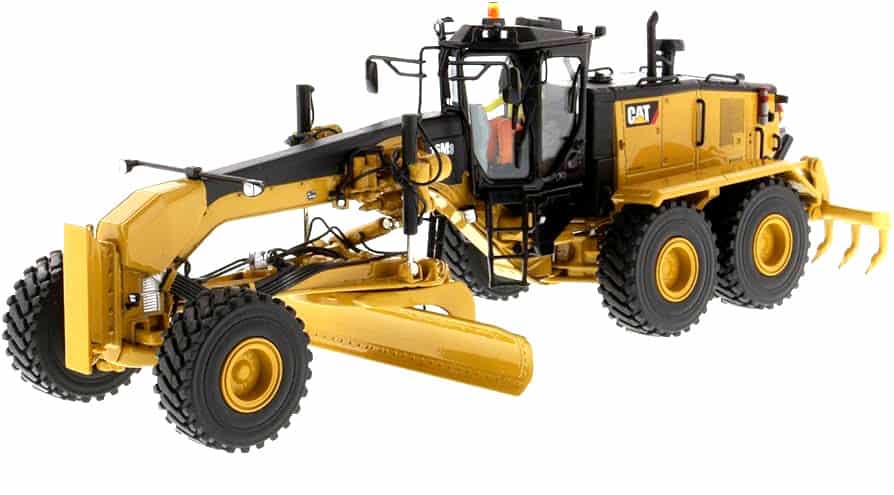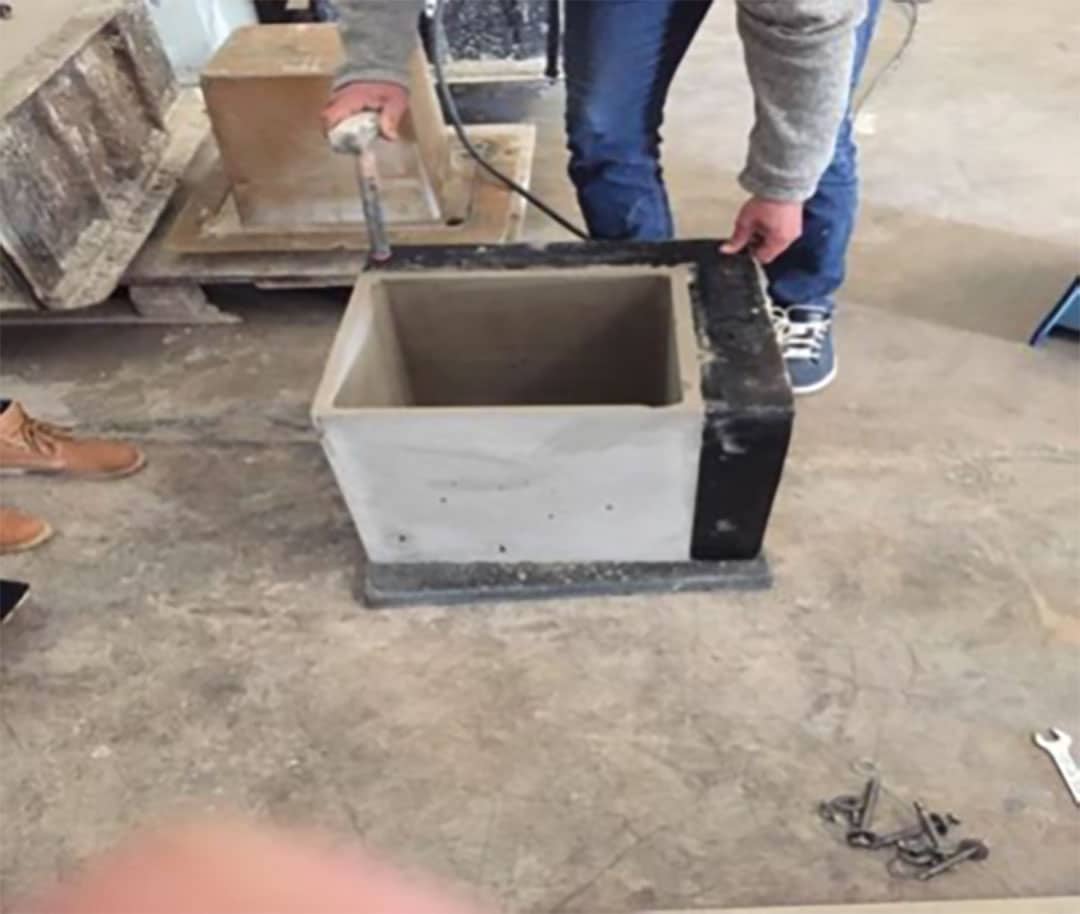AggreCrete: The cement additive for
cost effective, strong and durable result.
AggreCrete: The cement additive for cost effective, strong and durable result.
For concrete structures both big and small.
AggreCrete: A Concrete Reinforcement Solution
AggreCrete is a unique additive to be used with cement when producing concrete. It has been created with AggreBind’s proprietary long-string cross-linking copolymer technology and proven ability to increase the strength, durability, and hydrophobic properties of the product it is binding. Not only does AggreCrete enhance the strength and durability of concrete, through binding the cement product, it also reduces the amount of cement needed to make concrete creating a cost efficient project.
AggreCrete can be used for forms, slabs and created products. Where enhanced tensile strength, a reduction of quarried materials, hydrophobic properties, tight budgets, a small amount of flex and environmental concerns are present in a product.
AggreCrete is part of AggreBind’s suite of products which includes RoadMaster 1-XL, RoadMaster 2-XL, HiPower Seal, AggreDust, AggreBloc, and AggreCoat Silver.
Advantages Of Using AggreCrete In Concrete Projects
AggreCrete enhances the tensile strength of the finished concrete product.
AggreCrete is non-toxic, non-hazardous and non-polluting and its use will reduce the amount of cement and quarried materials required
The acceptable temperature range to the finished product is -57°C to +163°C which means that….what?
Four (4) liters of AggreCrete copolymer stabilizes one (1) cubic meter of soil. (4 ltr = 4.12 kg – 4.20 kg.)
AggreCrete binds to both cohesive and non-cohesive materials.
Coating the cement particulates of the mass and linking them together through a multi-dimensional chain adds strength to the cement, concrete the finished project.
AggreCrete has hydrophobic properties so that the finished product repels water minimizing the impact of weather including the growth of mold, efflorescence and algae.
Based on independent laboratory tests, when the AggreCrete copolymer is added to soils or other materials it increases the loadbearing strength by 400% to 600%.
In its undiluted liquid state, the chemical base withstands at least five freeze-thaw tests and retains its chemical properties.
Versatile Uses Of AggreCrete In Cement Applications
- Where enhanced strength is required, quickly!
- When a small amount of flex is required in the finished product.
- When environmental situations are a concern and/or need to be respected.
- When it is desirable to reduce the amount of cement because of cost, transportation or other project or situational requirements.
- When budgets are a concern, project costs can be lowered with AggreCrete through transportation costs and materials as, based on weight required, it is lighter and cheaper to add AggreCrete to cement.
- Desire to reduce the carbon footprint; being environmentally proactive.
Key Benefits Of Incorporating AggreCrete In Construction
Cost-effectiveness
AggreCrete is typically less expensive than cement, so mixing the two can help to reduce construction costs.
Reduced Environmental Impact
AggreCrete production does not produce harmful emissions and is non-toxic, non-polluting and non-hazardous, while cement production is a major contributor to greenhouse gas emissions.
Improved Durability
AggreCrete can help to improve the durability of concrete by increasing its resistance to water ingress, chemical attack, and the expansion and contraction effect due to temperature variation.
Analyzing AggreCrete vs. Traditional Cement: Factors to Consider

Soil-cement is based on using 6% – 10% (up to 15% for clays). This is 100kg to 160kg of cement per one (1) cubic meter of soil.

For AggreCrete, based on weight of mass, use 0.25% of copolymer per one (1) cubic meter of soil. This is 4 ltr (4.15 kg) of AggreCrete per one (1) cubic meter of soil.

Based on weight of additive (AggreCrete or cement), AggreBind is significantly stronger than cement.

Independent laboratory testing showed that adding AggreCrete to cement achieved 34.11 Mpa after 3 days, with the strength curve increasing over 28 days.
AggreCrete FAQs: Your Questions Answered
The Role Of AggreCrete: Why Add It To Cement Instead Of Concrete?
Cement is a binding agent made from limestone and clay; whereas concrete is a building material created through the proper mixing of cement, water, sand, and rock.
Cost Efficiency: How AggreCrete Lowers Concrete Finishing Costs
By using AggreCrete as an additive, the amount of cement needed to create the finished concrete product is reduced. Independent testing reported that it was possible to reduce by up to one third the amount of cement normally used, this being able to be replaced by fine aggregates without affecting the strength or finish of the prefabricated elements. This Test Report can be downloaded from our Reference Library here
Application Timing: When Can AggreCrete Be Used After Construction?
In testing it was reported that the optimum setting was seen at after 36 hours, but at 24 hours it was already possible to demold the prefabricated elements without suffering damage. The result was excellent in terms of strength, smooth finish with hardly any pores on the surface and manageability as soon as you unmold. After a few days, the prefabricated elements had the same characteristics as the conventional prefabricated ones.
Join Us In Shaping The Future
With AggreBind Solutions
Subscribe To Receive Our Project News



